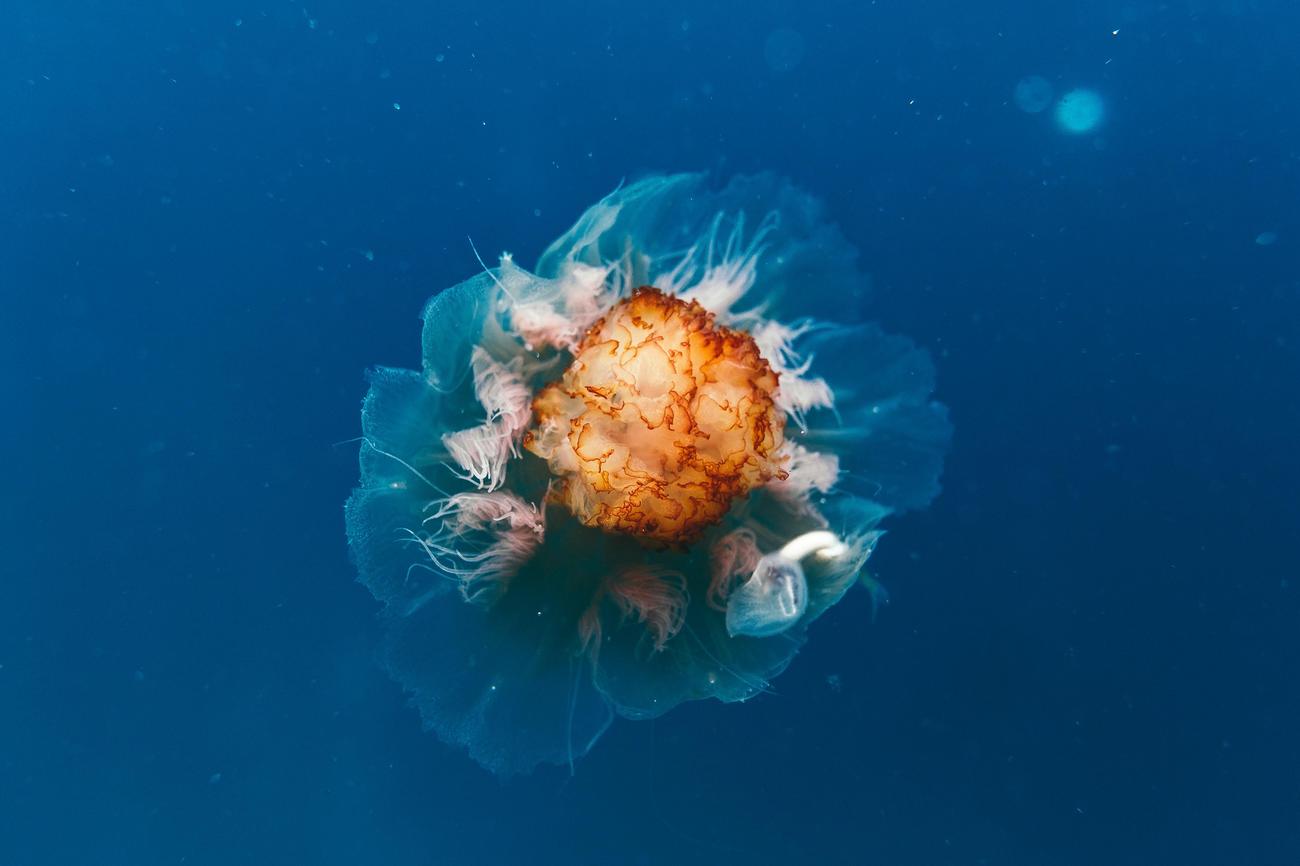Are you ready to dive into the wonderfully mesmerizing world of slime creations? If you’ve ever been enthralled by the sight of fluffy, glittery, or even glow-in-the-dark slimes, then you’re in for a treat! In this article, we will embark on a thrilling adventure through the various types of slime creations and unveil the magic behind each one. Whether you’re a seasoned slime enthusiast or just starting out, get ready to be captivated by the secrets and techniques that make these gooey creations so enchanting. So, roll up your sleeves, grab your ingredients, and let’s dive into the extraordinary world of slime!

Types of Slime Creations
If you’re a slime enthusiast like me, then you know just how captivating and mesmerizing the world of slime can be. There are countless types of slime that can be made right at home, each with its own unique texture and recipe. In this article, we’ll dive deep into the enchanting realm of slime creations, exploring the magic behind each type. So, roll up your sleeves and get ready to unveil the secrets of fluffy slime, butter slime, cloud slime, classic science project slime, oobleck, silly putty, and electroactive slime.
Let’s begin with fluffy slime. This delightful creation is made by mixing clear glue with shaving cream and contact solution. The result is a soft and airy slime with a marshmallow-like texture. It’s perfect for squeezing and stretching, providing a satisfying sensory experience. Fluffy slime is a favorite among slime enthusiasts because of its pillowy feel and vibrant colors. So, gather your ingredients and prepare to get your hands fluffy!
Next up, we have butter slime. This particular slime variation is known for its smooth and creamy consistency. To make butter slime, you’ll need clear glue, model magic clay, lotion, and a borax solution. The combination of these ingredients creates a slime that is both stretchy and moldable. It’s like playing with a piece of cloud that you can shape into various forms. So, grab your modeling tools and let your imagination run wild with butter slime!
Moving on to cloud slime, we step into a world of fluffy, squishy, and lightweight slime. This type of slime is made by mixing clear glue with instant snow powder and baking soda water. The inclusion of instant snow powder gives cloud slime its unique texture, resembling a cloud floating in your hands. It’s like holding a piece of magic that can be stretched and molded to your heart’s content. So, get ready to create your own little slice of heaven with cloud slime!
Now, let’s venture into the realm of classic science project slime. This is the type of slime that often comes to mind when we think about slime. It’s made using a simple mixture of glue, borax, and water. This classic recipe results in a stretchy and slightly gooey slime that is perfect for science experiments or just good old-fashioned sensory play. It’s the perfect starting point for beginners who want to explore the wonderful world of slime. So, grab your goggles and beakers, because it’s time for a slime science adventure!
Aside from these popular types of slime, there are a few others worth mentioning. Oobleck, for example, is a slime-like substance made by mixing starch and water. It has the peculiar property of behaving both as a liquid and a solid, depending on the force applied. Imagine the joy of playing with a substance that can ooze through your fingers one moment and then turn into a solid ball the next. It’s a truly fascinating slime creation for both kids and adults.
On the other end of the spectrum, we have silly putty and electroactive slime. Unlike the water-based slimes we’ve discussed so far, these are made mainly with oils. Silly putty is a stretchy substance made from a combination of silicone oil and boric acid. It has a unique texture that allows it to bounce and stretch without breaking apart. Electroactive slime, on the other hand, is a conductive slime that can be used for simple electronic circuits. It’s like a science experiment and a toy all in one!
As you can see, the world of slime creations is vast and full of wonder. From fluffy to buttery, cloud-like to classic, and beyond, there’s no shortage of options to explore. Whether you’re a beginner or an experienced slime connoisseur, there’s a type of slime out there waiting to captivate your imagination. So, gather your ingredients, follow the recipes, and get ready to unleash the magic of slime in your own hands!
“Discover the endless possibilities of slime creations and let your imagination take flight.”
Slime has taken the world by storm, and it seems like there are endless variations out there. But have you ever wondered just how many types of slime are actually out there? From fluffy slime to clear slime, crunchy slime to butter slime, the options are truly endless. If you’re curious to explore the world of slime and discover all the different types, click here to find out more: How Many Types Of Slime Are There. Get ready to dive into a mesmerizing world filled with stretchy, squishy goodness!

FAQ
Q: What are some examples of different types of slime that can be made at home?
A: Some examples of different slime textures and recipes include fluffy slime, butter slime, cloud slime, classic science project slime, oobleck, silly putty, and electroactive slime.
Q: How is fluffy slime made?
A: Fluffy slime is made by mixing clear glue with shaving cream and contact solution.
Q: What ingredients are needed to make butter slime?
A: Butter slime is made by combining clear glue, model magic clay, lotion, and borax solution.
Q: How is cloud slime created?
A: Cloud slime is made by mixing clear glue with instant snow powder and baking soda water.
Q: What is the recipe for classic science project slime?
A: Classic science project slime is made by mixing glue, borax, and water.












